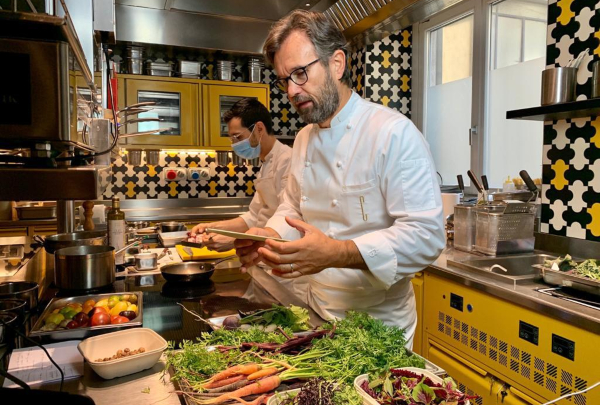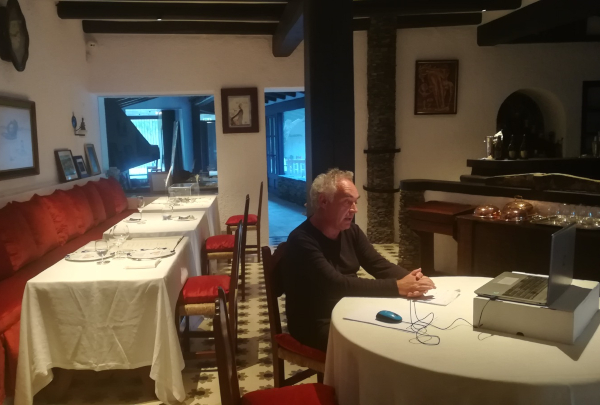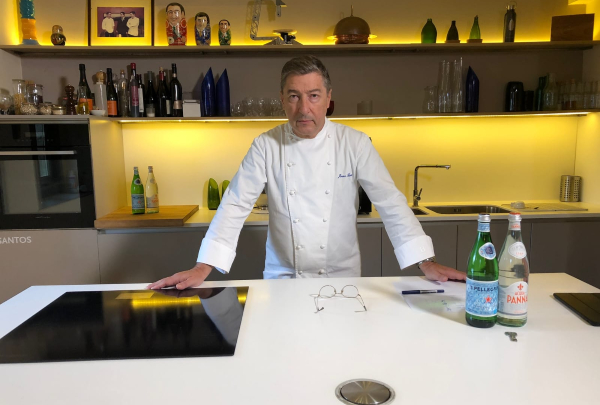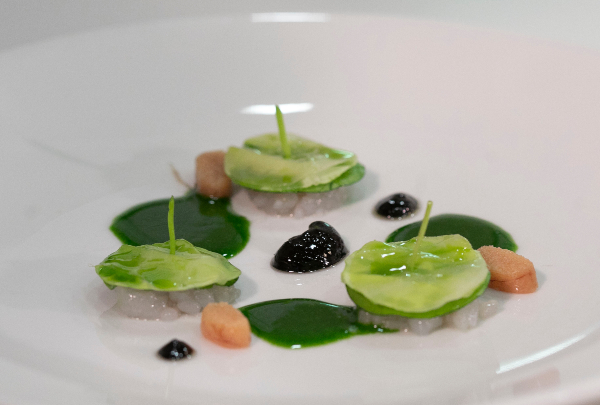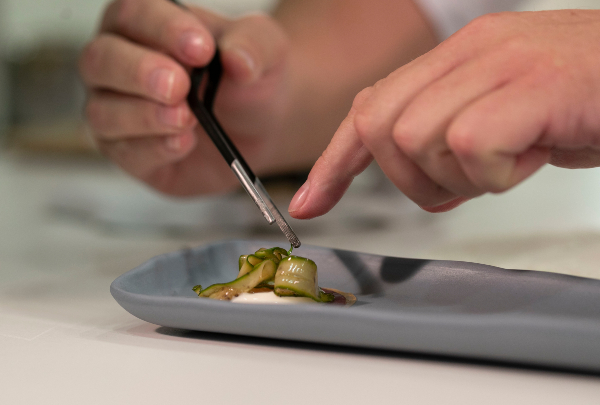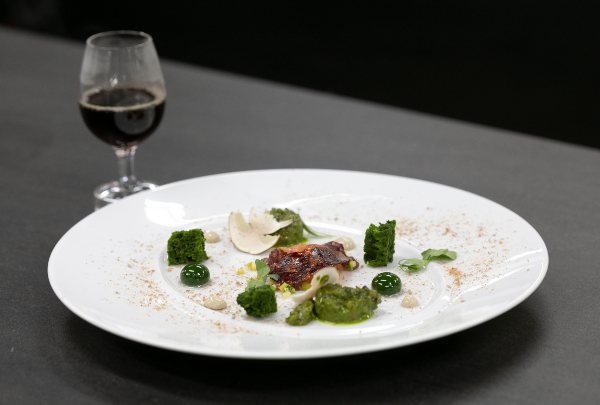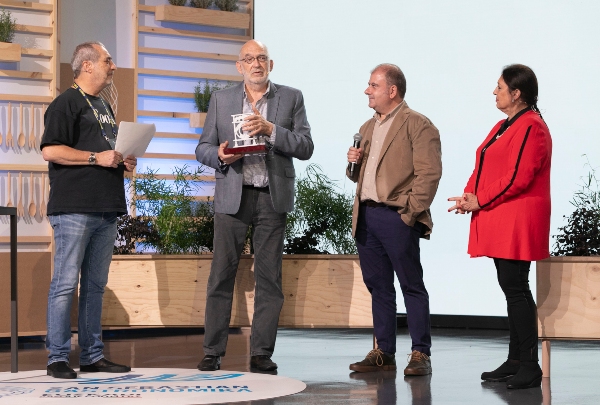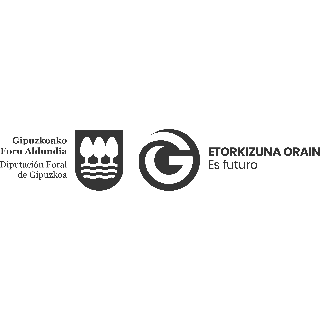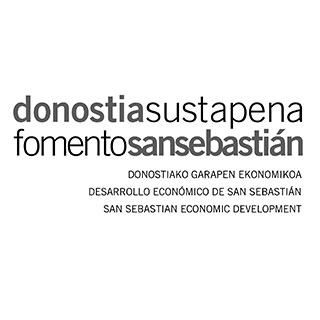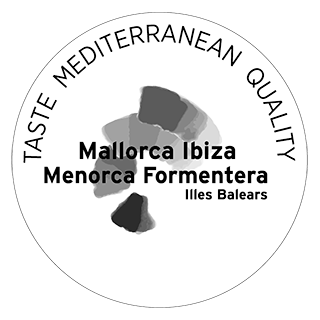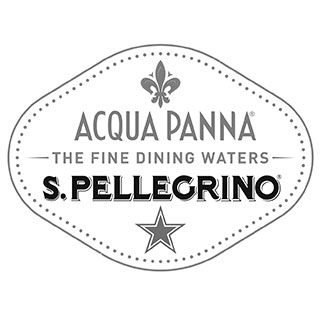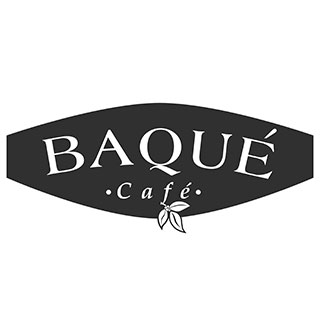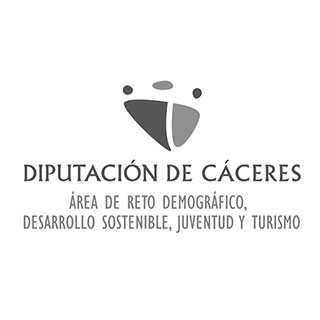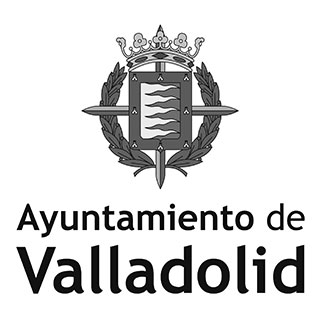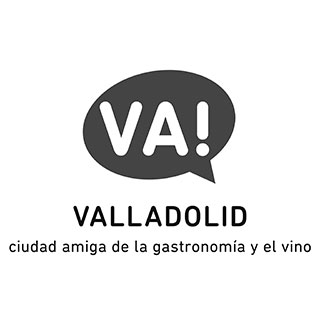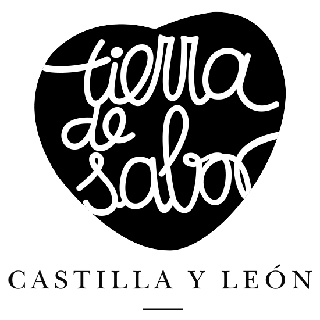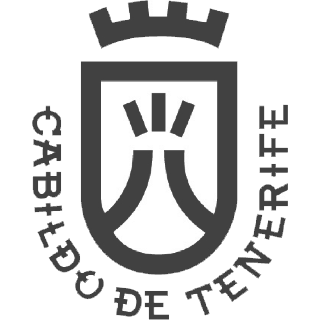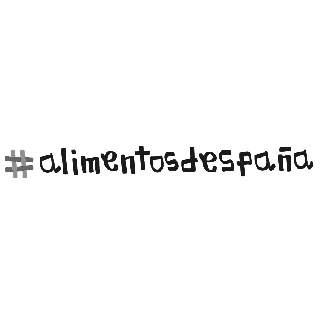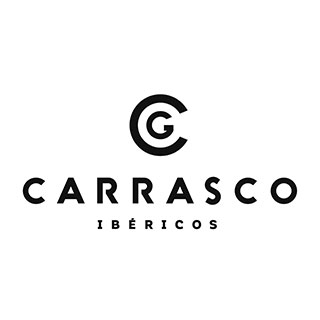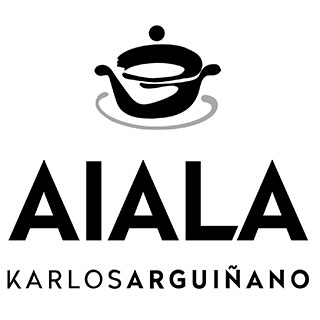News
Pietro Zito, the simplicity and beauty of the local

Italian Chef Pietro Zito received the audience of the San Sebastián Gastronomika – Euskadi Basque Country Congress this afternoon in his little restaurant Antichi Sapori, located in Montegrosso. A culinary spot which has become one of the standard-bearers of Slow Food in Italy. A firm defender of native and garden products, Zito is committed to the traditional recipe book of the territory in which his restaurant is located.
Pietro Zito closed the triangular session of Italian Chefs present in this year’s congress. Three Chefs who have approached Mediterranean cuisine from three different locations near the sea: Caterina Ceraudo, the Ionian; Gennaro Esposito, the Tyrrhenian and Zito, the Adriatic. However, if there is a word to define this Chef, it is “simplicity”.
In his commitment to recover traditional recipes -to which he is allowed to make a few contemporary nods- Zito only used ingredients from his surrounding area, mainly his 20,000 hectares of garden. Closeness, immediacy, tradition, the local, seasonal are regular words not only in his discourse but also present in his dishes.
It’s as if the Dacosta’s complex salt-cured dishes conquered the initial morning session, and beauty and simplicity did the same this mid-afternoon. He left the audience enthralled with the accessibility of his recipes whose only secret lies in the use of good products.
As the Chef pointed out, the two dishes he prepared in front of the cameras were prepared with ingredients collected in his garden this same morning.
The first dish he prepared with a base of pumpkin cream sauce accompanied by a dense homemade bread, previously soaked in vegetable stock (with different types of lettuces, arugula, dwarf chard and wild leaves, small tomatoes, green chillies, young fresh onions and virgin extra olive oil). The boiled vegetables have been added to the bread. During the boiling of the vegetables, Zito has prepared a saucepan in which he has poured some oil, garlic, small tomatoes, olives and a couple of bay leaves. He uses these elements to decorate the dish (the small tomato crowning the bread with the vegetables, over the pumpkin cream soup) and the olives, in turn, surrounding the bread on the cream soup.
The second dish, is pasta. Orecchiette. A typical traditional dish from the area. Once again, he places vegetables in a cooking pot. Swiftly puts in the pasta -only cooked for three minutes- and two saucepans placed side-by-side: one with oil, garlic and fresh chillies, and in the second, small tomatoes and salt. Once everything is ready, the pasta and vegetables go into the first saucepan and is stirred until it almost looks like cream. Finally, it is served on the dish. On the one side, sheep ricotta; on the other the tomato sauce and the pasta in the centre.
For Zito, using his products is a deeply rooted belief, that he doesn’t abandon not even when he cooks abroad stating that, in those cases, he takes his own products. “I cannot conceive cooking without my products, without my flavours” he affirms.
As regards the garden, Zito points out that the growing process is carefully planned in order to prevent any surplus since they cultivate the land themselves. Even so, Covid has caught them by surprise, having to give away to his team, family and friends what couldn’t be used during the pandemic.
As he prepared his dishes, the Italian pointed out that his cooking is one of immediacy since this ensures that everything is prepared at the moment “it can’t be left prepared”.
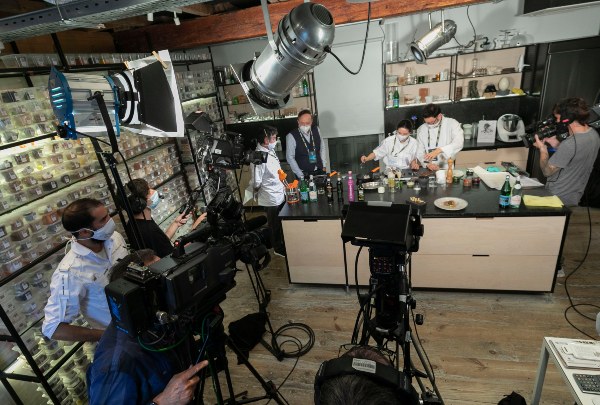
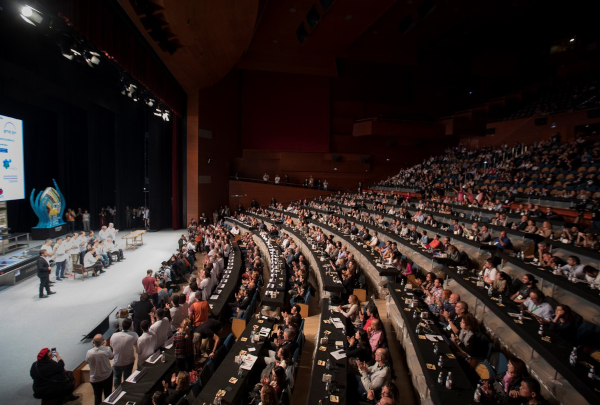
.jpg)
